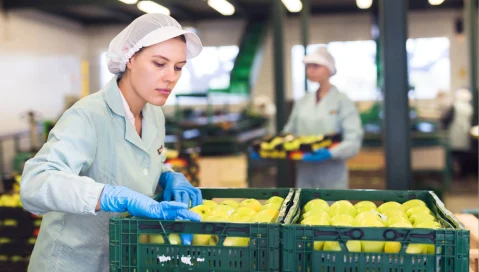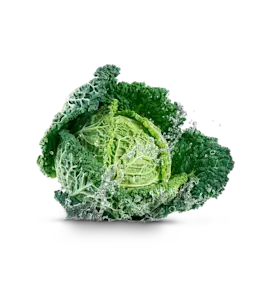Is Sub-Quality Produce Your Best Profit Opportunity?
Is Sub-Quality Produce Your Best Profit Opportunity?
Is Sub-Quality Produce Your Best Profit Opportunity?
Feb 11, 2021
Jack Payne
Fresh produce businesses like yours are operating on razor-thin margins. For a number of reasons, it’s never been harder to be a produce grower.
Retailers rule in the food industry, and they set prices that favor consumers over suppliers. Meanwhile, climate change is putting the clamps on production in certain parts of the world—one study found that the profitability of Australian farms has decreased by 22% due to rising temperatures and weather disruptions over the past two decades.
So, how can produce growers and distributors fight back and claim some of the revenue they’ve lost?
One way is making use of what otherwise would go to waste. Sub-quality produce—fruits and vegetables deemed too small, blemished, bruised or otherwise deficient—has many applications that warrant a close examination.
How Can Sub-Quality Produce Improve Profitability?
Sub-standard produce is a huge drain on resources, especially if it has to be identified manually by your employees and then ploughed back into the field or discarded at your cost. Still, this loss is part of normal operations for many businesses—a recent study found that 3.6 million metric tons of food, worth £1.2 billion ($1.65 billion), is wasted by farms in the United Kingdom each year.
The financial forfeiture is painful enough, but when one considers the prevalence of food poverty in the UK and around the world, it’s clear something needs to change.
So, how about those uses for sub-quality produce? Here are a few avenues to consider for your “ugly fruit and vegetables” that can both boost profits and reduce waste:
Sell it to retailers discounted, as an added extra
Convert it for use in canned goods like soup
Process it for pre-prepared packaged products
Sell it direct-to-consumer
Your business will need to consider these options and find which approaches work for your unique circumstances. The good news is that you won’t have to invest anything into the production of the sub-quality produce—it comes with growing large quantities of fruits and vegetables, whether you want it or not—so you’ll only have to determine which methods are appropriate for your situation.
How Can Technology Help?
Identifying some potential outlets for your sub-quality produce is all well and good, but it doesn’t solve the issue of the laborious process of separating it from the produce that you’ll want to sell as-is. Due to the labor cost, sorting by hand is rarely a good use of time and money—so it’s technology to the rescue.
An automated food grading system can revolutionize a produce business’s operations. They are now advanced enough that they can differentiate by weight, and some even boast high-definition cameras and imaging software that can spot problems with color, dimensions, external quality and internal integrity as food moves along a conveyor belt.
The best of these systems will also come with software that allows for complete control over the process and automatically separating produce according to your specifications.
How Can This Be Implemented for a Fresh Produce Business?
We’ve now outlined some ways sub-quality produce can be utilized to create new revenue streams, but your business won’t be able to take advantage of these opportunities if doing so would detract from the rest of your normal operations. Your grading technology and its software will need to sync up with the rest of your systems so that all processes remain highly visible and monitored.
Enterprise resource planning (ERP) solutions are the key to managing it all. By connecting all of your systems and departments in one platform, these software packages give you a “single version of the truth” and offer valuable insights on performance in all areas.
Think your company is up to the task of launching a new product line using sub-quality produce? To make sure you’re prepared, keep in mind these other challenges you’ll need to meet:
Taking on more end-to-end tracing responsibilities
Complying with new sets of regulations
Altering management of resources
Measuring the relative success of the new line in improving profit margin
Thankfully, fresh produce ERP solutions are built to handle all of these considerations as well. If that sounds like the kind of flexibility and power your business could use, don’t hesitate to reach out to us to hear more about our Aptean Food & Beverage ERP.
Empieza a transformar tu empresa de productos frescos
Si estás listo para llevar tu negocio al siguiente nivel, nos encantaría ayudarte.



